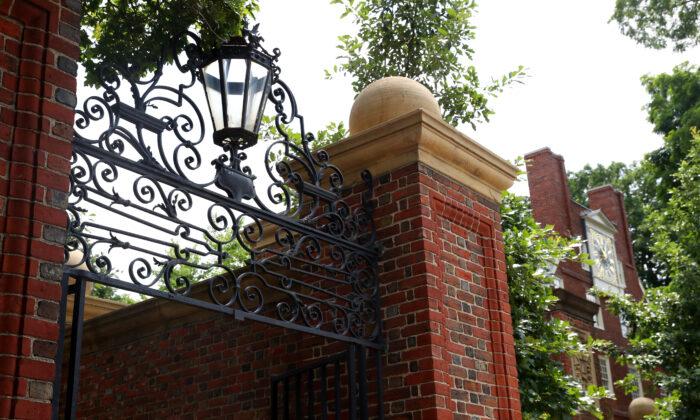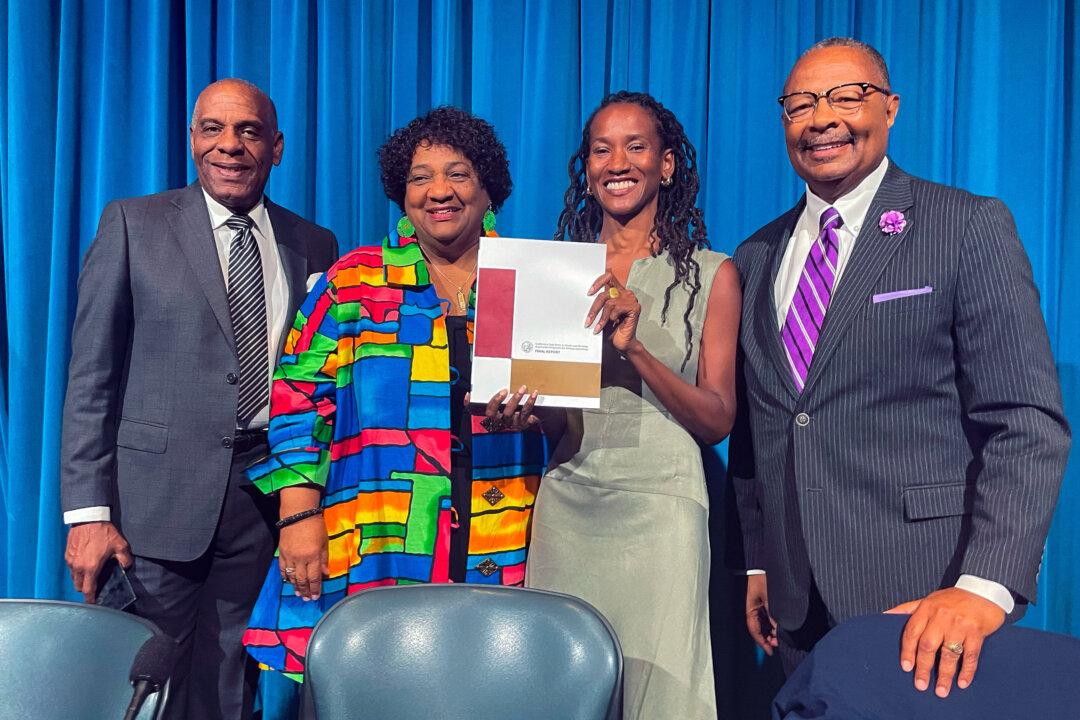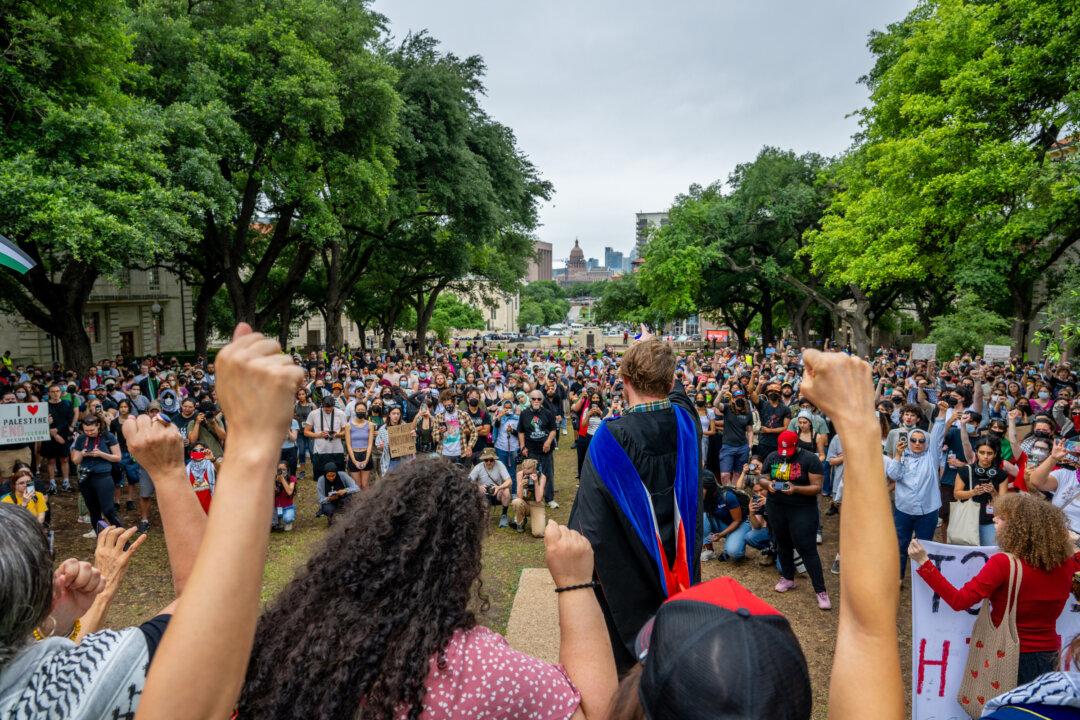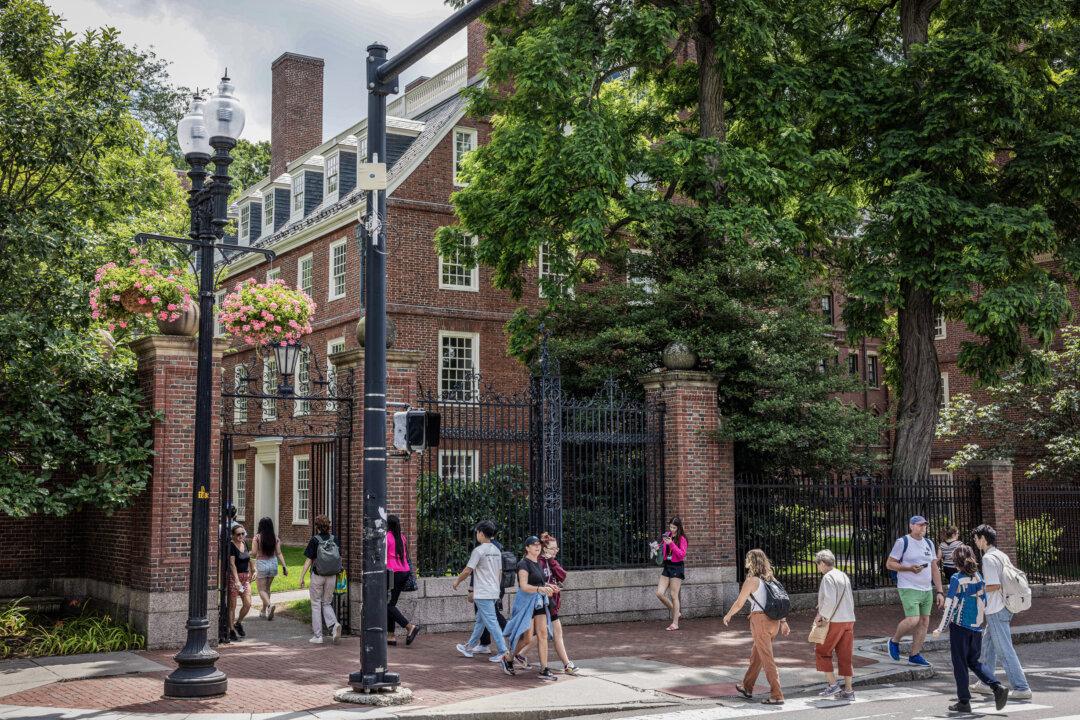Following the responses, a slew of U.S. colleges and universities, progressive think tanks, and government agencies weighed in with support for race-based affirmative action in their friends-of-the-court amicus briefs.
Both Harvard and UNC vehemently deny SFFA’s allegations of racial discrimination in undergraduate admissions. They also use the legal filings as an opportunity to pledge their unrelenting allegiance to “student-body diversity.”
That’s certainly a blatant lie, considering California’s progressive outlook and the undeniable fact that 9.65 million California voters, not white supremacists, decided to keep the state’s constitutional ban on racial preferences in 2020.
Sadly, neither UNC nor Harvard have submitted any novel claims or arguments in the new round of legal sparring. Instead, they echo lower court rulings and defendants’ friends-of-the-court briefs that insist on the continued use of race in admissions in the name of diversity.
Their arguments are eerily identical: (1) Diversity is a core mission of U.S. higher education; (2) race is only a plus factor among many; (3) every applicant is treated equally without regard to race; and (4) race-neutral alternatives have been exhausted and found to be insufficient in achieving diversity.
The diversity bandwagon also warns that an unfavorable ruling would destabilize the law, rattle “decades of settled precedent [for using race],” and distort the original meaning of the 14th Amendment, as well as the legacy of Brown v. Board of Education.
In other words, diversity, long interpreted as racial representation and proportionality, is to be accepted by the nation’s court and the general public beyond doubt. Legal precedents, which by no means gave anybody a license to discriminate, aren’t to be revisited so that universities and colleges can be saved from the trouble of future litigation.
While all the players for race-based affirmative action attempt to construct a consensus on diversity, there simply isn’t one. In its latest legal filing, UNC touts itself as a champion of “diversity initiatives ... from campus discussion forums and student debates to course offerings.” The school also emphasizes the diversity of intellectual thought “against group think,” and its status as “the top colleges overall for free speech.”
In the same breath, ironically, UNC refers to lower admissions of “underrepresented minorities” as a chief challenge in its diversity work. This setback is highlighted in a historical context of “a Southern flagship university that for most of its history excluded racial minorities from admissions altogether.”
Harvard, the forerunner of the “holistic review” model, doesn’t even conceal its emphasis on racial diversity. It stated that “for students of color, adequate representation mitigates feelings of alienation and isolation that inhibit learning.” A virtue-signaling statement addressing an imaginary group of victims says nothing about the real educational benefits of diversity, but an ideological obsession.
Overall, the survey, the largest for campus free expression, found that “66% of students report some level of acceptance for speaker shout-downs—up 4 percentage points from [2020]; 23% consider it acceptable for people to use violence to stop certain speech—up 5 percentage points from [2020].”
Such an uptick in suppressing free speech for political conformity makes the case for viewpoint diversity meaningless.
In fact, diversity has become an ideological battle cry for the far left. Loyalty to diversity is often mandated as a political litmus test for school admissions, job applications, and career advancement. Harvard and UNC have also provided an exhaustive list of how they’ve attempted race-neutral alternatives, such as need-based student recruitment, targeted outreach to underrepresented groups, and pipelines for high-achieving community college students. They all swear that their efforts are conducted in good faith and narrowly tailored manners, but couldn’t yield “exceptional student-body diversity” alone without race-based measures.
If these schools truly believe in diversity as a fundamental value, meaning that “no person is one-dimensional and no two people are the same,” how would they be able to pinpoint a desirable level of diversity without using race as a proxy?
The whole point of SFFA’s legal challenges is the extent to which UNC or Harvard has illegally employed race as a factor in admissions, outside the scope of narrow tailoring and beyond the purpose of satisfying a compelling government interest. Not only have SFFA’s own expert analyses shown that race played a significant role, but other independent scholarly inquiries also corroborate this.
SFFA’s analysis of Harvard’s admissions data shows that race isn’t only used to achieve a critical mass of underrepresented minority students, but to discriminate against Asian applicants. An Asian American applicant with a 25 percent chance of admission would have his or her chances increased to 35 percent as a white applicant, 75 percent as a Hispanic applicant, and 95 percent as a black applicant.
At the end of the day, the central questions are epistemological. Should diversity overtake equality or equal protection under the law as the fundamental concern of our society? Are some more equal than others in the context of diversity?





